Few supercars shocked the 1990s era quite like the Vector W8. Developed with aerospace technology by American visionary Gerald Wiegert, the low-slung Vector caught the automotive world off-guard by outperforming exotics costing multiples more. By independently developing advanced race-bred components engineered for extreme speed, Wiegert aimed to prove American ingenuity could create a supercar surpassing Europe’s finest.
Against all odds, the Vector W8 shattered perceptions by delivering blistering acceleration, space-age technology and refined luxury in one all-American package.
The Vector W8 Vision: Pursuing Progress Through Innovation
Gerald Wiegert founded Vector in 1971 as an outlet for his imaginative vision and technical skills. Wiegert dreamt of creating an American supercar to challenge assumptions that high-performance exclusivity remained a primarily European domain.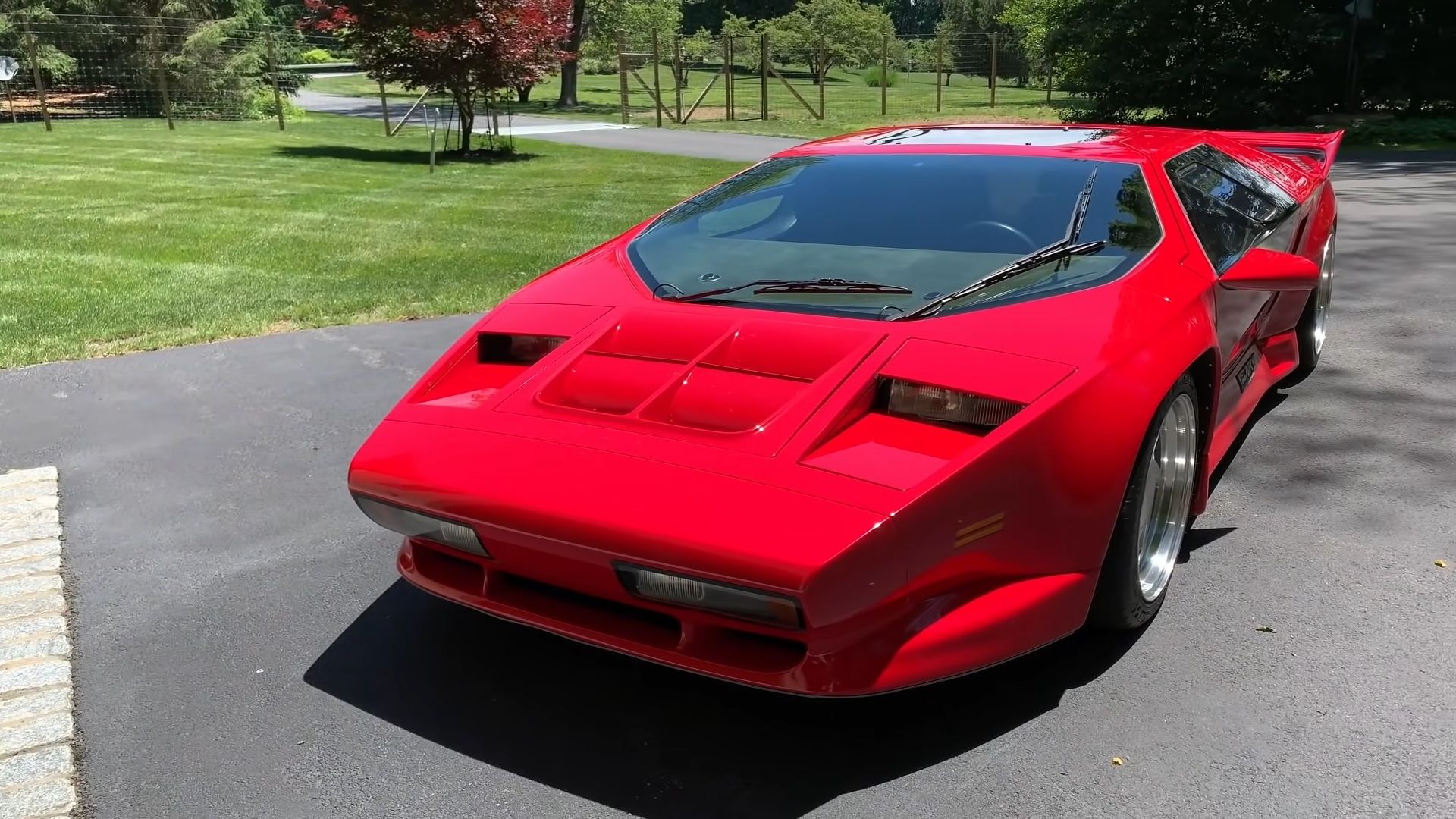
Rather than copying established formulas, Wiegert took an entrepreneurial path developing proprietary solutions to avoid limitations of outsourced components. From advanced aerospace composites to active suspension systems, Vector engineering covered every detail necessary for creating Wiegert’s dream machine.
While Vector released its radical Aeromotive concept vehicle in 1976 previewing the W8 formula, it took over 15 years refining innovative technologies necessary before unveiling a production model. However, Vector’s diligent persistence and refusal to compromise paid off handsomely once its first creations hit the street.
Arriving in 1993, the $448,000 Vector W8 utterly shattered expectations. Evaluators likened driving the carbon-skinned spaceship to experiencing a jet fighter on wheels thanks to jet-fighter-inspired cabin ergonomics and an unrestrained twin-turbo V8 thrusting occupants into the horizon.
Yet its heart-racing performance was just part of an impressive technology showcase redefining the supercar experience.
Vector W8 Cutting-Edge Technology Moves The Game Forward
While the W8 grabbed attention with its arresting looks and extreme speed, Vector filled the radical curvature with serious substance. As the heart of the W8 experience, Wiegert equipped his personal supercar statement with a wishlist of conceptual innovations decades ahead of mass production luxury vehicles.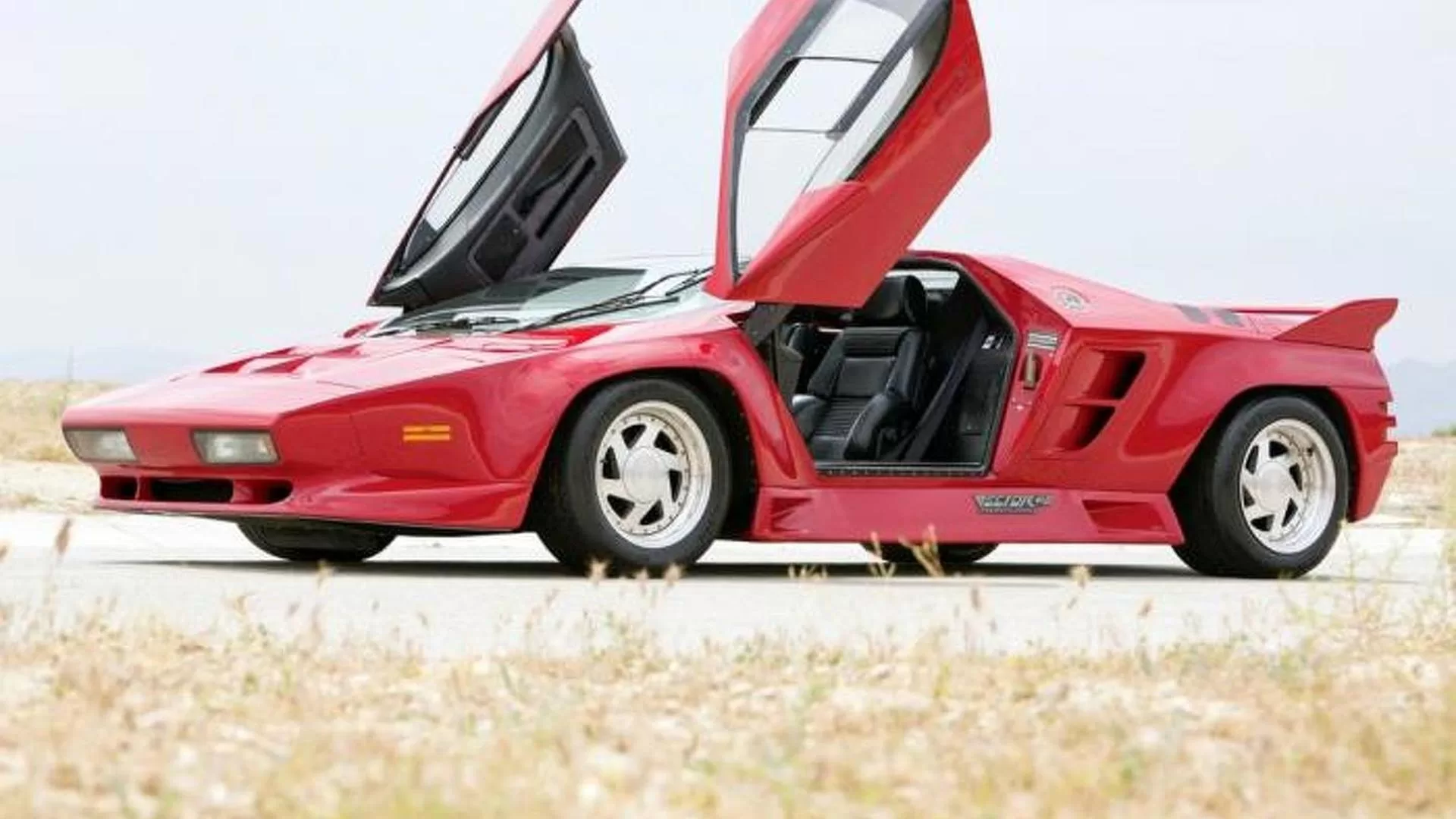
Central to the W8’s mystique was one of the earliest application of intelligent onboard computers fine-tuning performance automatically. This computer could adapt the active suspension system by monitoring G-forces and making damping adjustments every 10 milliseconds. Cutting-edge traction control worked in partnership maintaining optimal tire contact accelerating and cornering.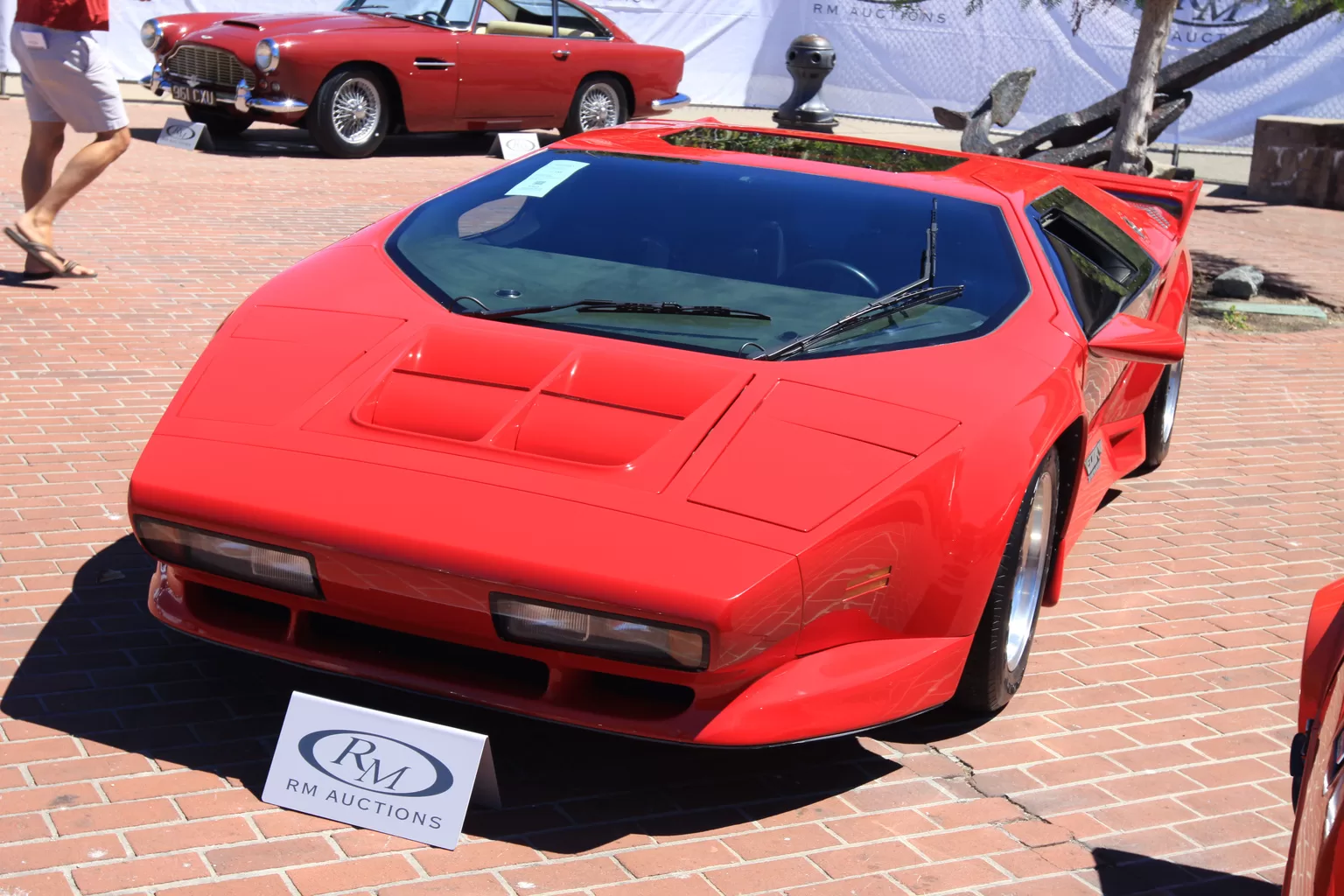
Working in unison, these bleeding-edge innovations allowed the W8 delivering incredible road-holding ability. Inside the lavishly-trimmed cockpit, drivers also enjoyed a futuristic digital dash providing speed, acceleration, and engine data in real time. Rounding out the technological tour de force, amenities like a premium stereo, power windows and air conditioning made the W8 remarkably enlightened for a no-compromise supercar.
Stunning Performance in an All-American Package
In the engine bay, Wiegert equipped hisVector W8 supercar with a 650 horsepower, 6.0-liter twin-turbo V8 sending power through a carbon-fiber driveshaft. With 536 lb-ft of torque on tap from low RPMs thanks to the parallel twin-turbo setup, acceleration felt endless. Independent tests confirmed 60mph arriving in under 4 seconds on the way to a claimed top speed exceeding 242mph.
Yet straight-line punishing wasn’t the W8’s sole talent. Its race-bred components and advanced suspension enabled confident high-speed cornering rivaling the best from Italy and Germany. Combined with intense sounds provided by the bassy V8 and no speed limiter, W8 pilots experienced unlimited freedom harnessing extreme capabilities most drivers scarcely knew existed.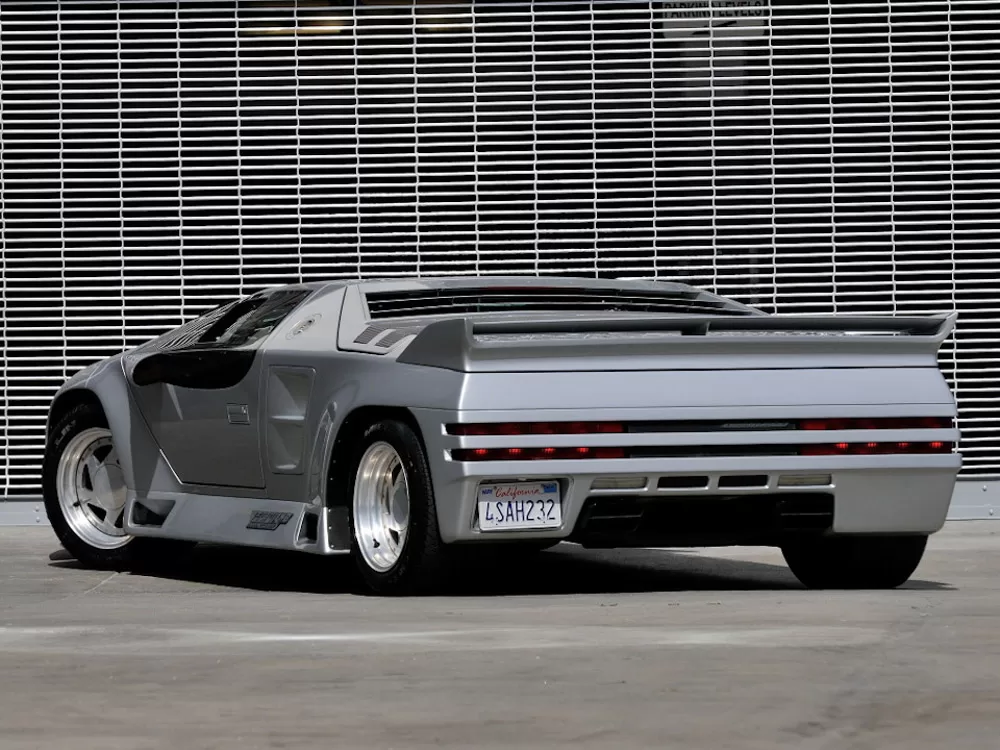
For risk-taking individualists, it represented automotive escapism at its most extreme.
The Car That Reshaped American Supercars
By fearlessly staking an All-American claim among elite supercars, the ambitious Vector W8 ultimately reshaped perceptions. While short production limited units to under 20 examples, its precedent inspired a new generation of boutique hypercar startups.
Wiegert undoubtedly paved the way for American innovators from Tesla’s Elon Musk to Horacio Pagani, himself a former Lamborghini engineer who found inspiration after encountering a Vector prototype in the 1980s. Vector’s provocative vision channelling aerospace technology into extreme automotive performance likewise predated the rise of hyper-hybrid supercars by decades.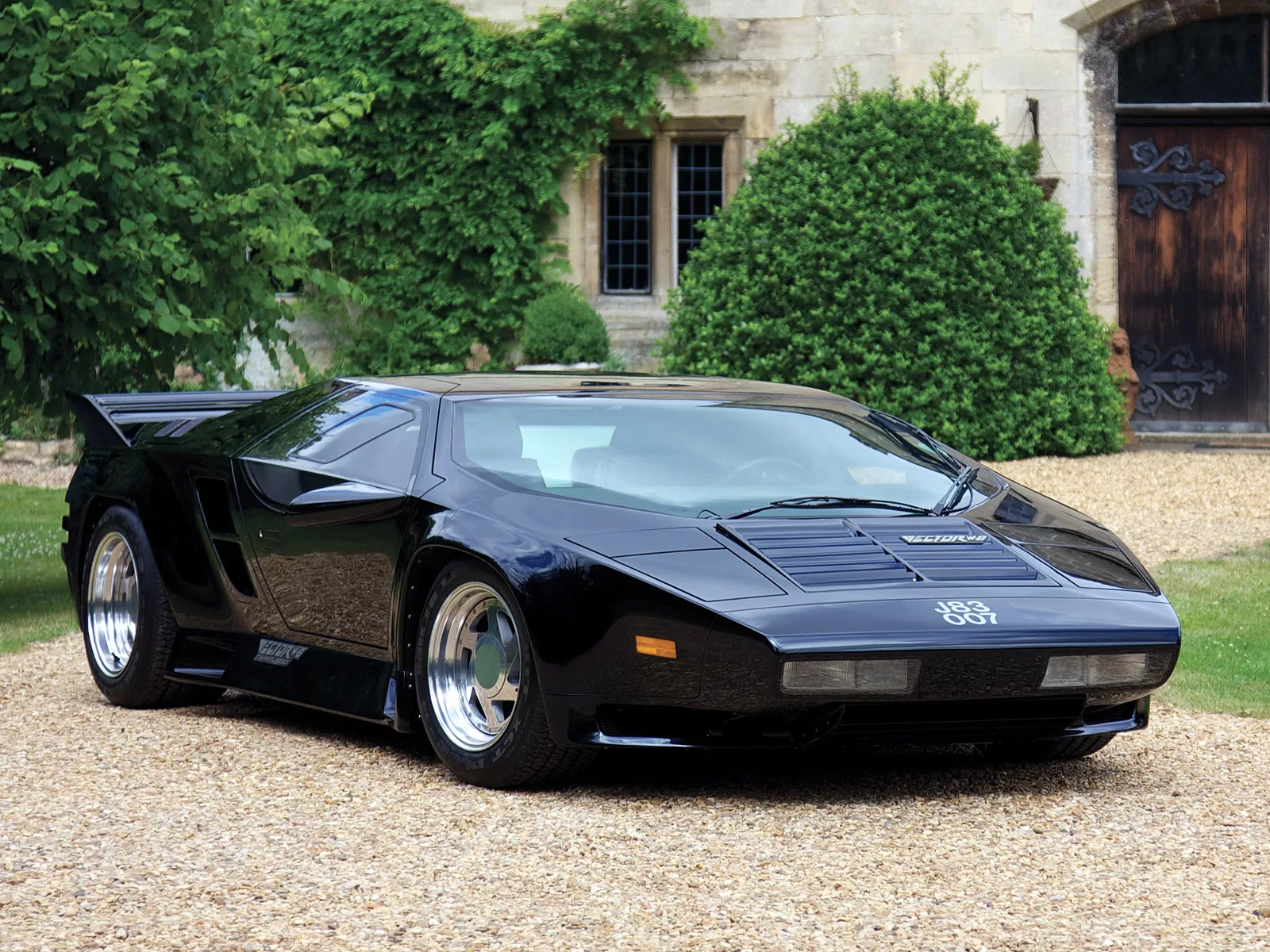
The Vector W8 therefore emerged as a symbolic reflection of American ingenuity and refusal to accept perceived limitations. As Wiegert himself summarized: “It’s using advanced technology to build exactly what you want for yourself.” Unleashing these desires produced an inimitable all-American fascinating built for risky rule-breakers rather than conformists.
Nearly 30 years later, the world still awaits another rebellion quite like the remarkable Vector W8.




